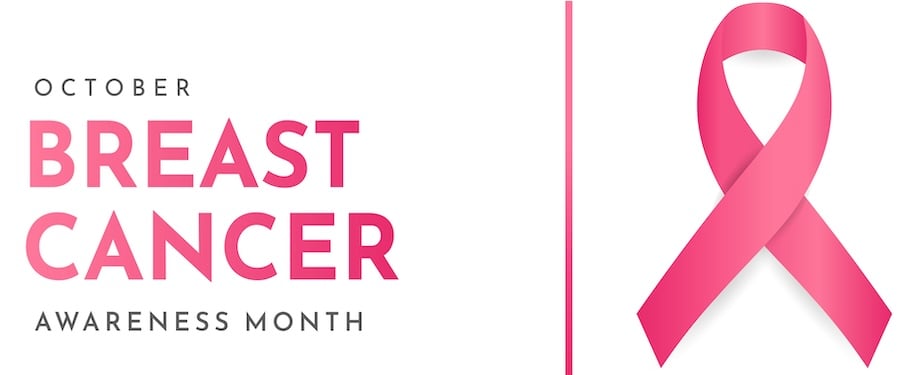Key breast cancer facts for Breast Cancer Awareness Month

Since 1985, Breast Cancer Awareness Month has been held every October with the goal of raising awareness about the importance of breast cancer screening and prevention. Catching breast cancer early is one of the best ways to increase a person’s prognosis — though one in 8 women in the United States will be diagnosed with breast cancer in their lifetime, when caught in early stages, the 5-year survival rate is 99%.
Understanding breast cancer and its impact is an important component of empowering individuals to make educated decisions about their health. For this Breast Cancer Awareness Month, we’re sharing key facts about breast cancer, stages of development, breast cancer symptoms, and more — read on for more info.
General breast cancer facts
- Breast cancer is the most common cancer diagnosed in American women, and it is estimated that 30% of all new female cancer diagnoses in 2023 will be breast cancer
- Women with a first-degree relative (a mother, sister, or daughter) with breast cancer are twice as likely to develop it, and 15% of women diagnosed have a family history
- The median age for a breast cancer diagnosis is 62, but about 9% of cases are diagnosed in women younger than 45
- Symptoms of breast cancer can vary from person to person, but a new lump in the breast or underarm are the most common signs
- Breast cancer treatment plans are unique to each individual but can include surgery, chemotherapy, hormone therapy, or radiation depending on various factors
Facts about breast cancer stages and types
- Breast cancer is grouped into subtypes according to the Tumor, Nodes, and Metastasis (TNM) system of staging
- Ductal carcinoma (DCIS) is a non- or pre-invasive type of breast cancer
- Invasive breast cancer types include invasive ductal carcinoma (which accounts for 70-80% of all breast cancer diagnoses) and invasive lobular carcinoma
- Some invasive breast cancers are less common but more unique, such as triple-negative breast cancer and inflammatory breast cancer, which require different treatment plans and have different disease outlooks
- Early breast cancer refers to breast cancer that has not yet spread to other parts of the body, and makes up the majority of cases in the U.S.
- The stages of breast cancer range from Stage 0 to Stage IV depending on the size of any tumors, how far the breast cancer has spread, and if any of the body’s lymph nodes are affected
- Women who receive regular breast cancer screenings have a 26% lower breast cancer death rate than those who do not, in part because the cancer can be caught much earlier
Breast cancer prevalence among minority populations
- Black women are more likely to die from breast cancer than women of any other racial or ethnic group, exceeding the death rate of White women by 40%
- Breast cancer is the leading cause of cancer-related death for both Black and Hispanic women in the United States
- One in 5 Black women are diagnosed with triple-negative breast cancer, which is more than any other racial or ethnic group
- Women who are Hispanic, Asian/Pacific Islanders, Black, and American Indian/Alaska Natives have a lower median age for breast cancer diagnosis compared to White women
Everything that we know today about breast cancer is due to the ongoing research dedicated to understanding the cause and finding a cure — and this is only possible when patients participate in clinical trials. To learn more about breast cancer clinical trials currently enrolling participants, click the button below.
Topics: For Patients
